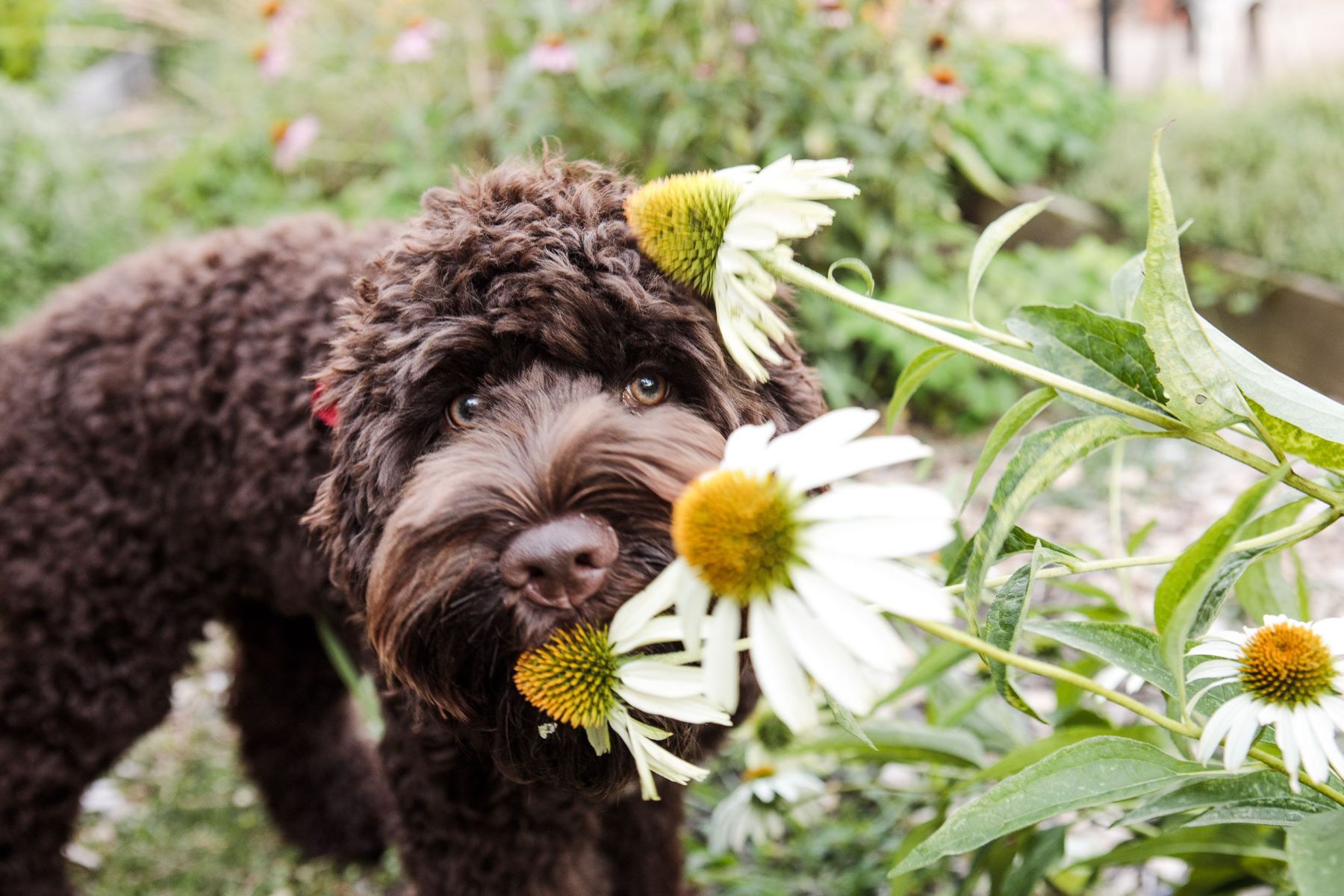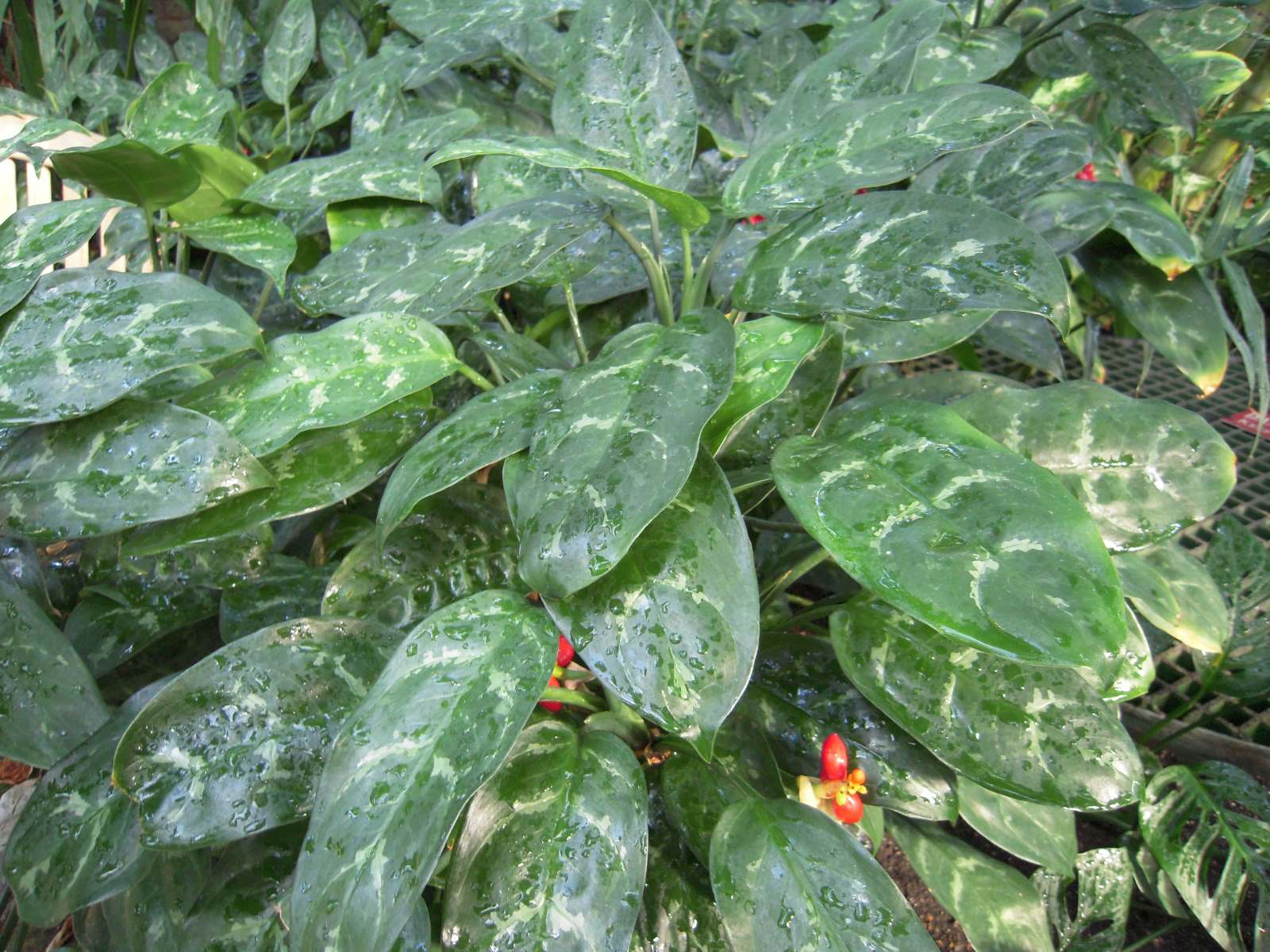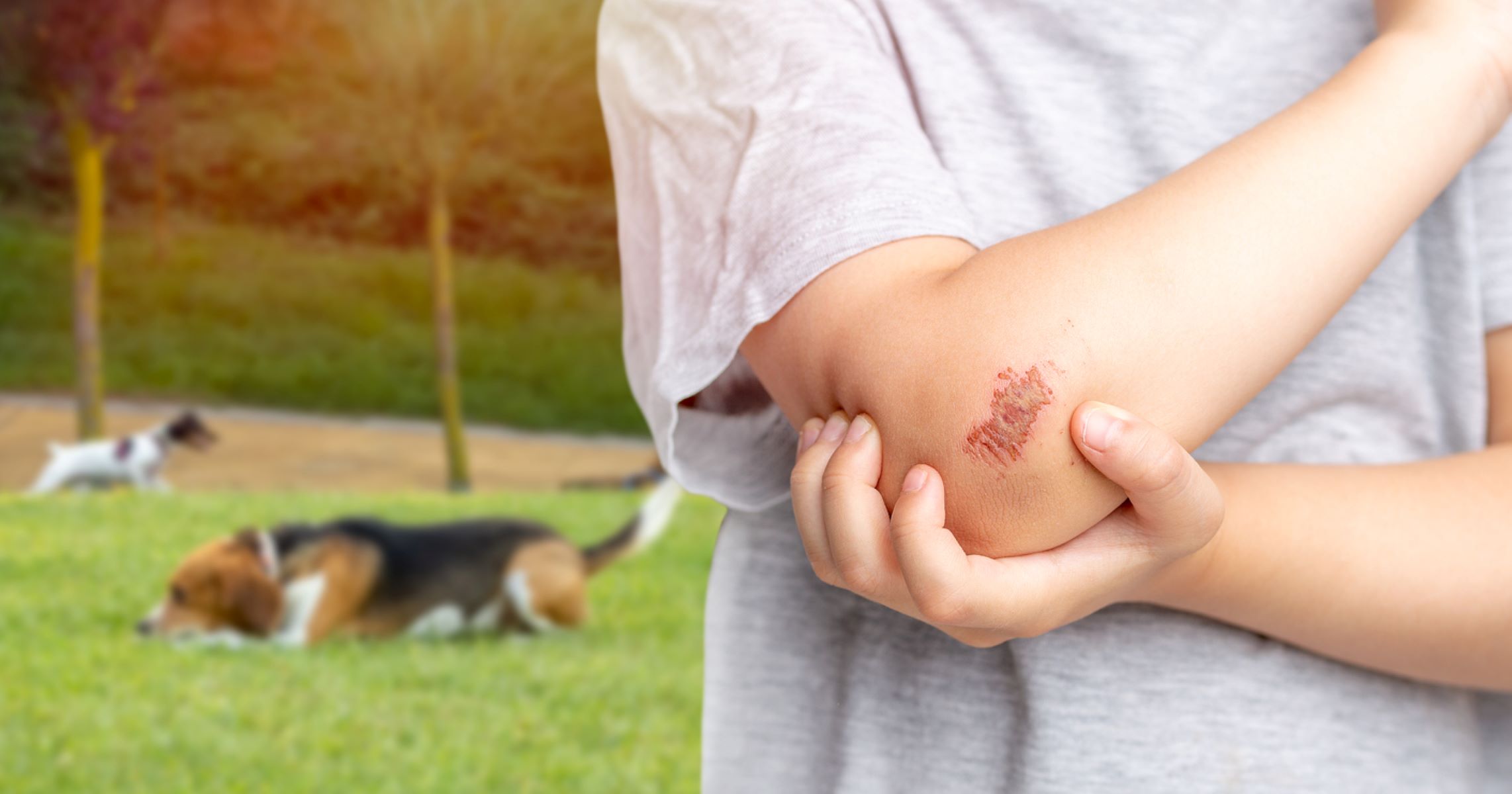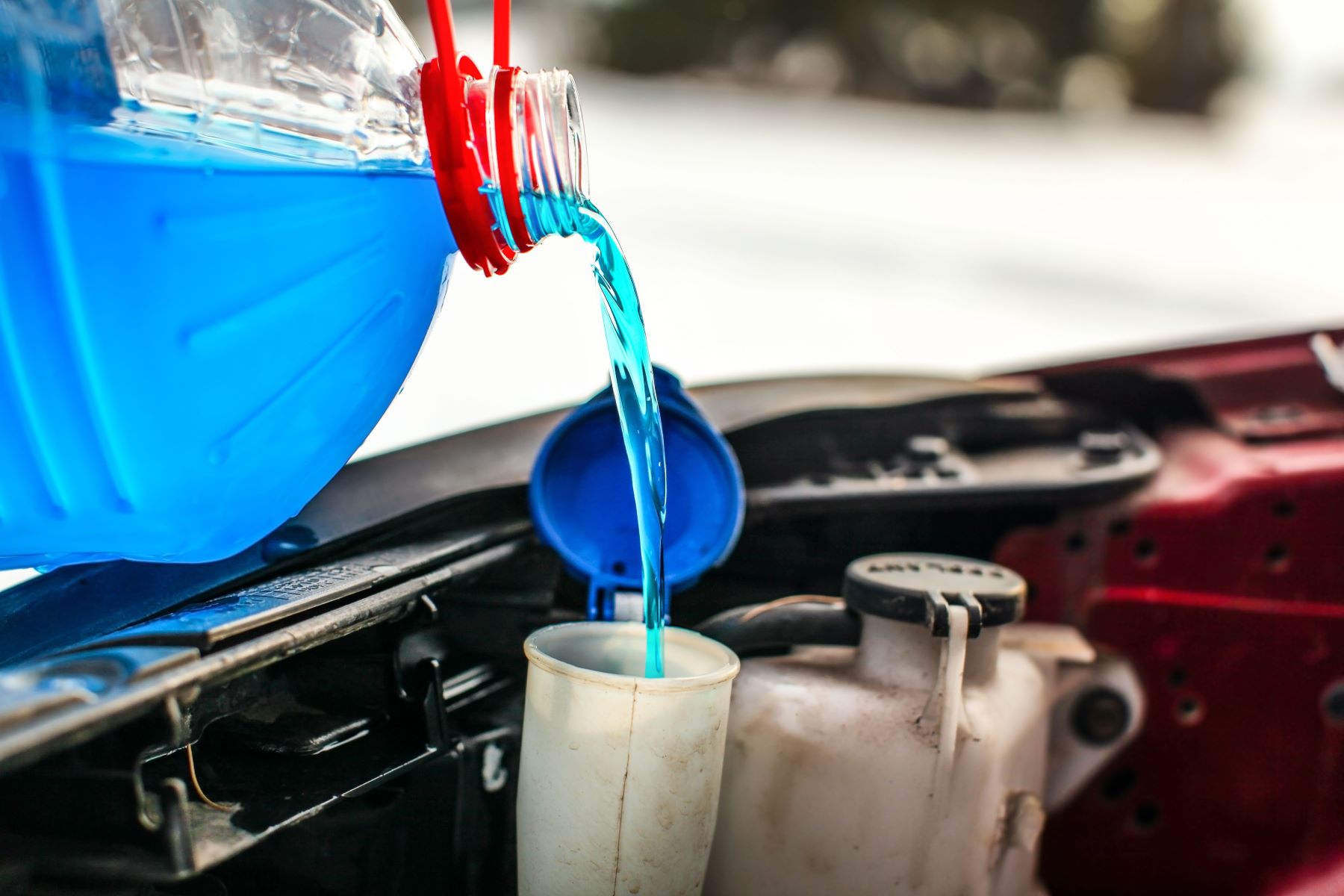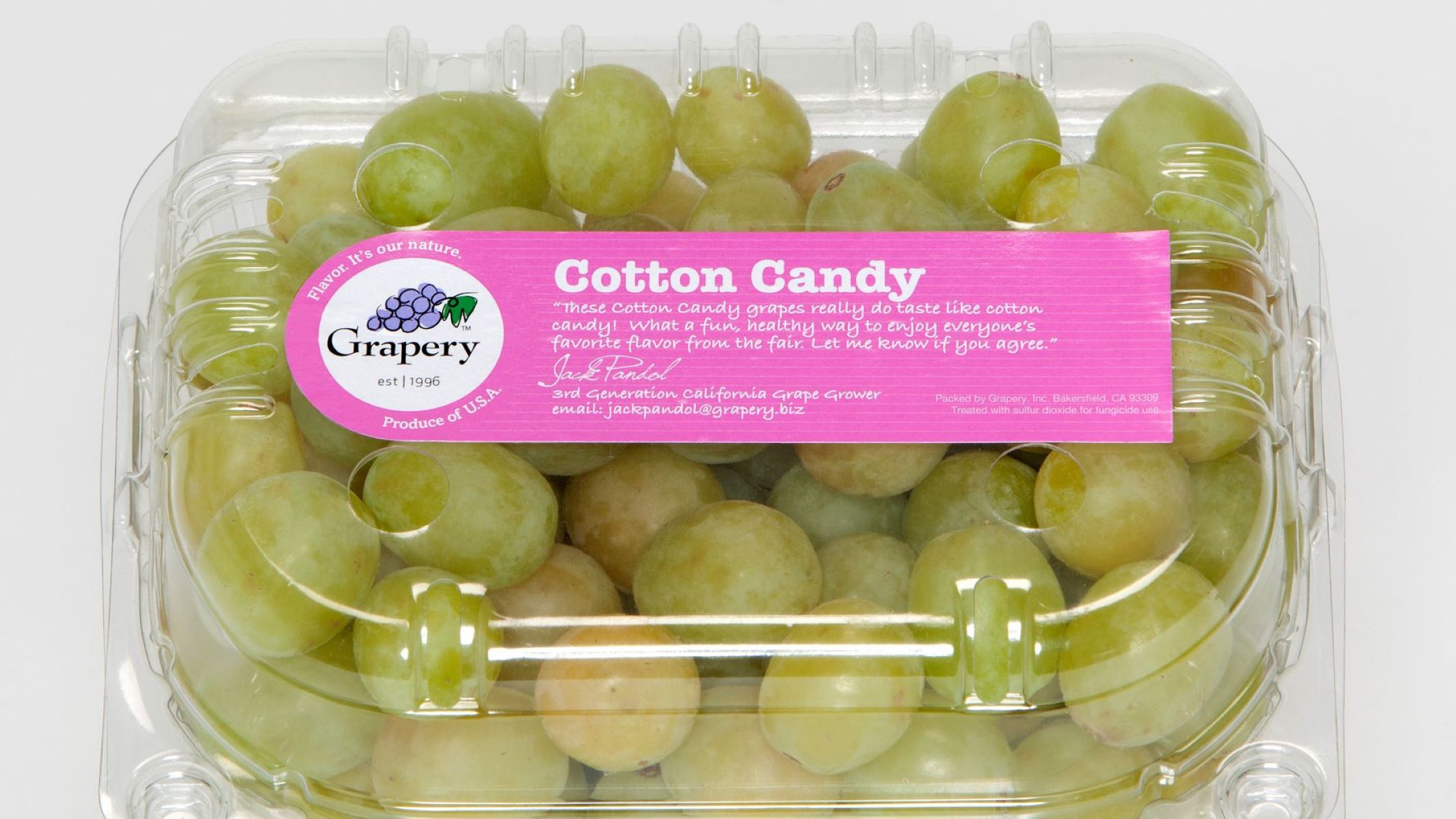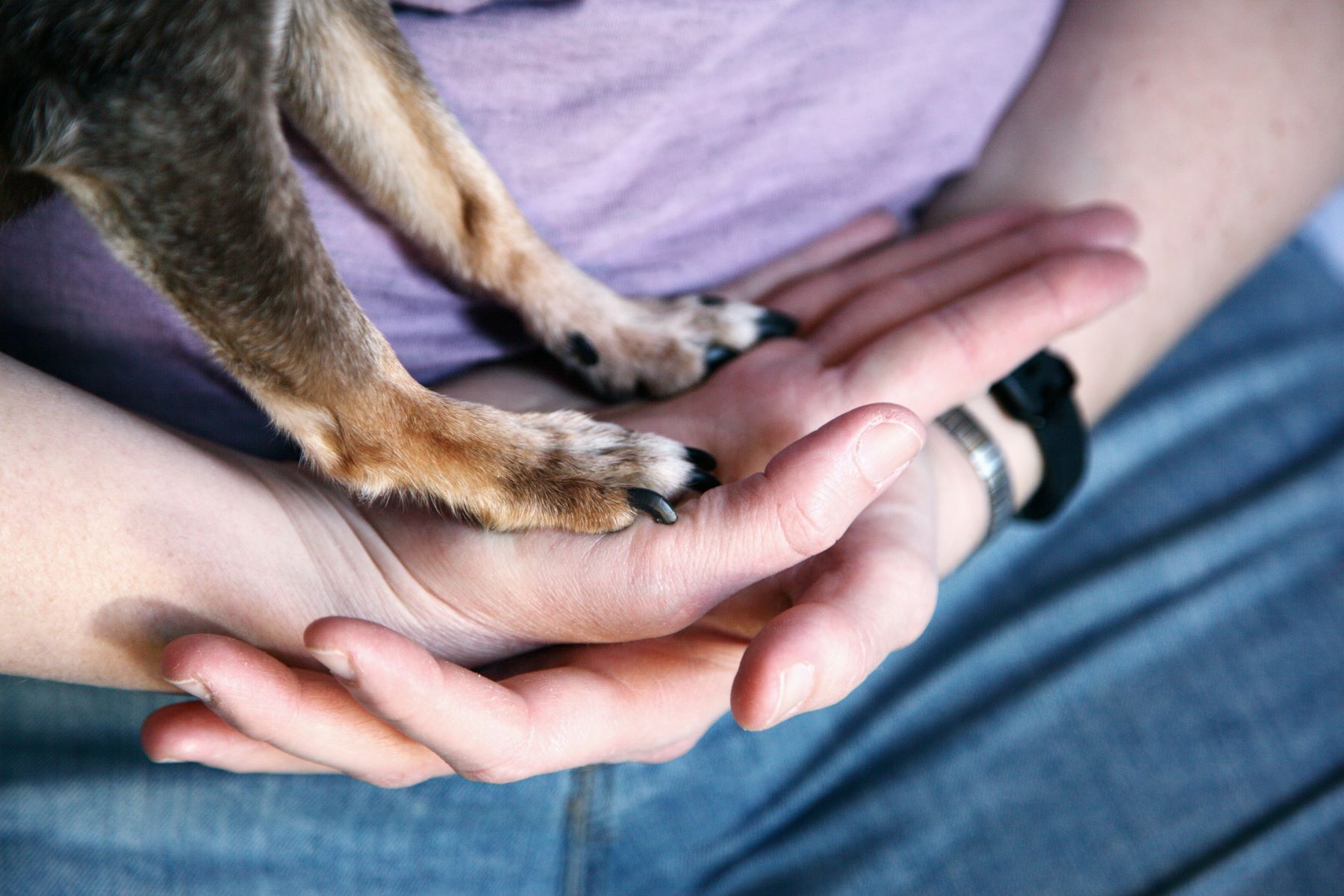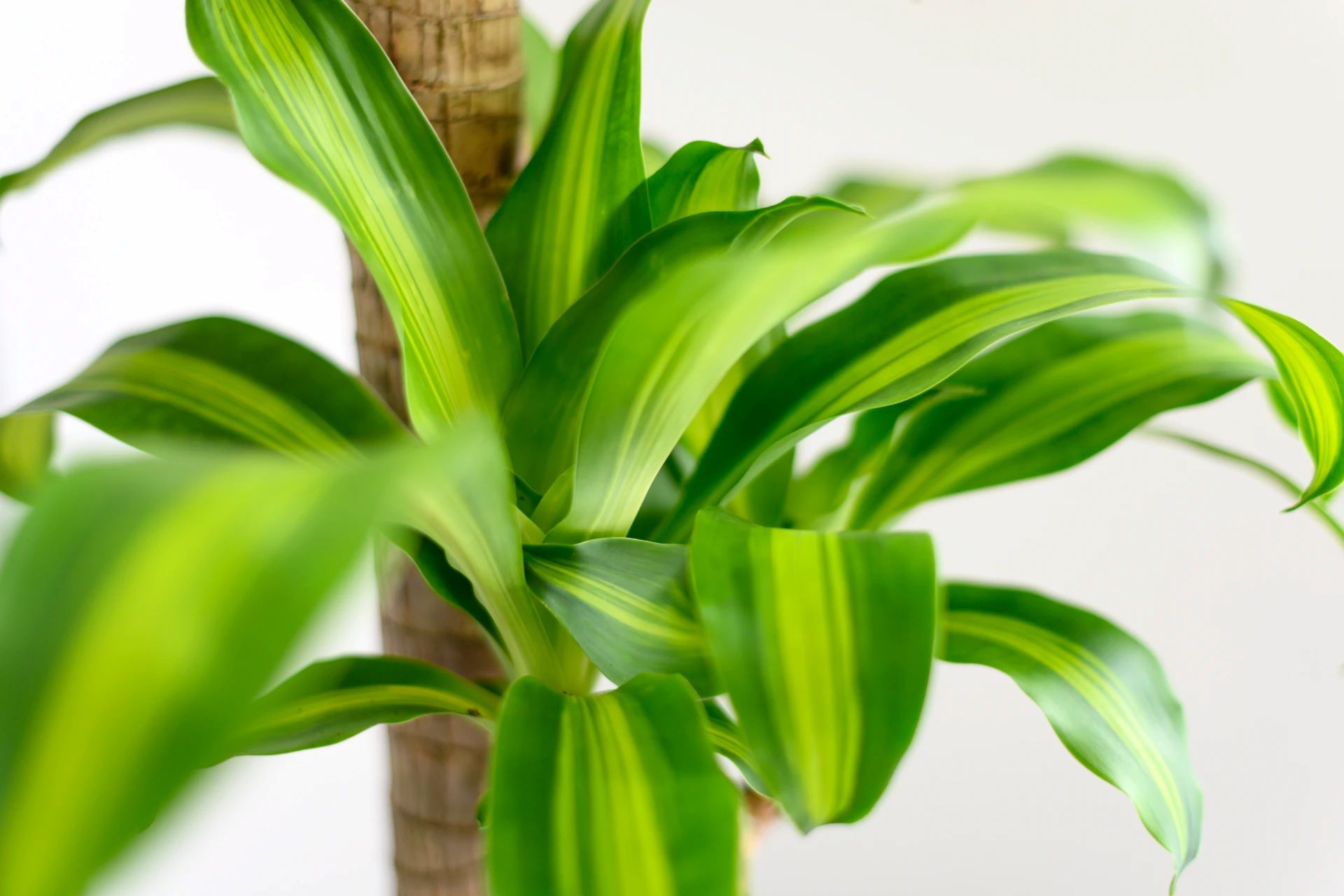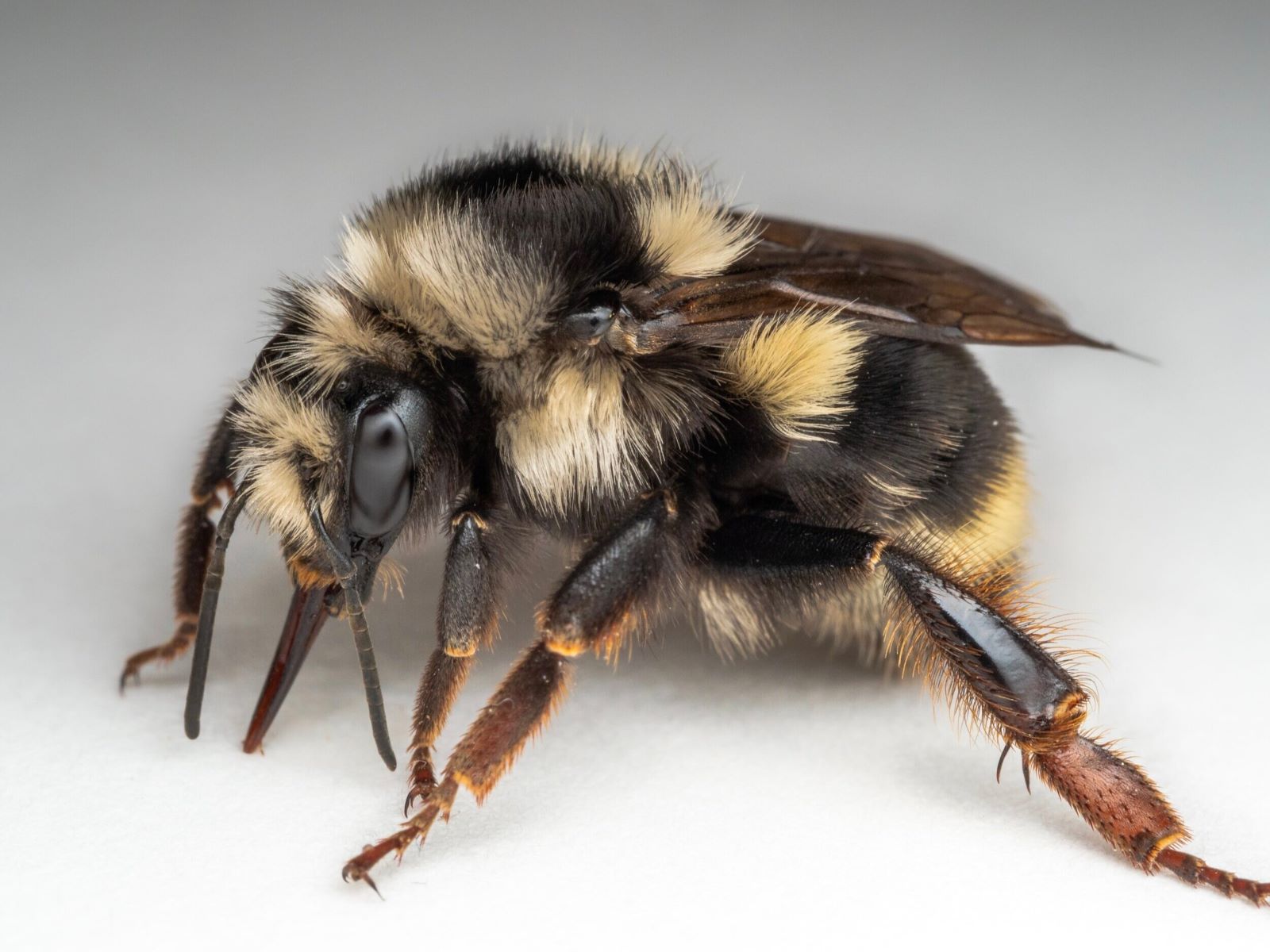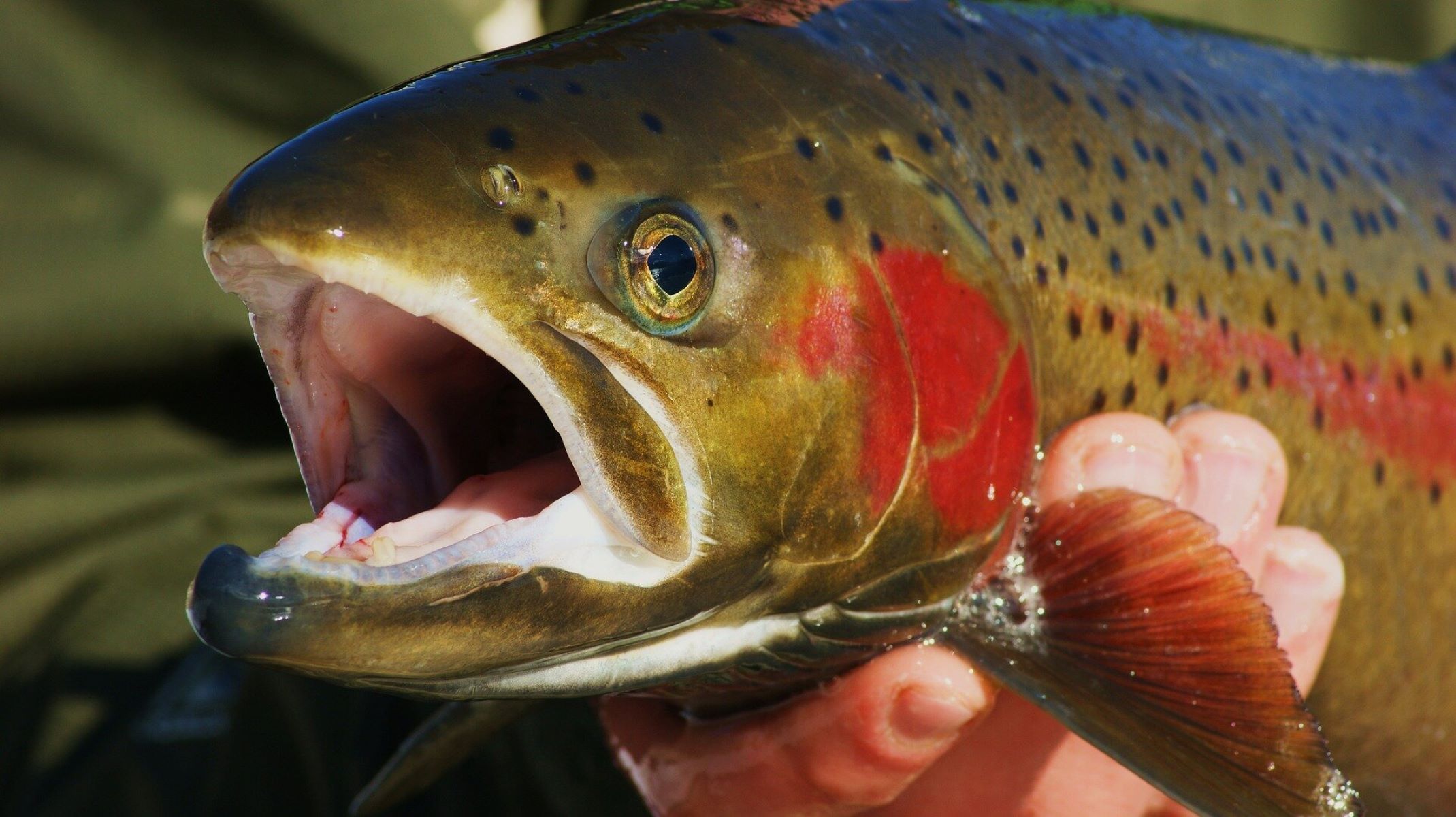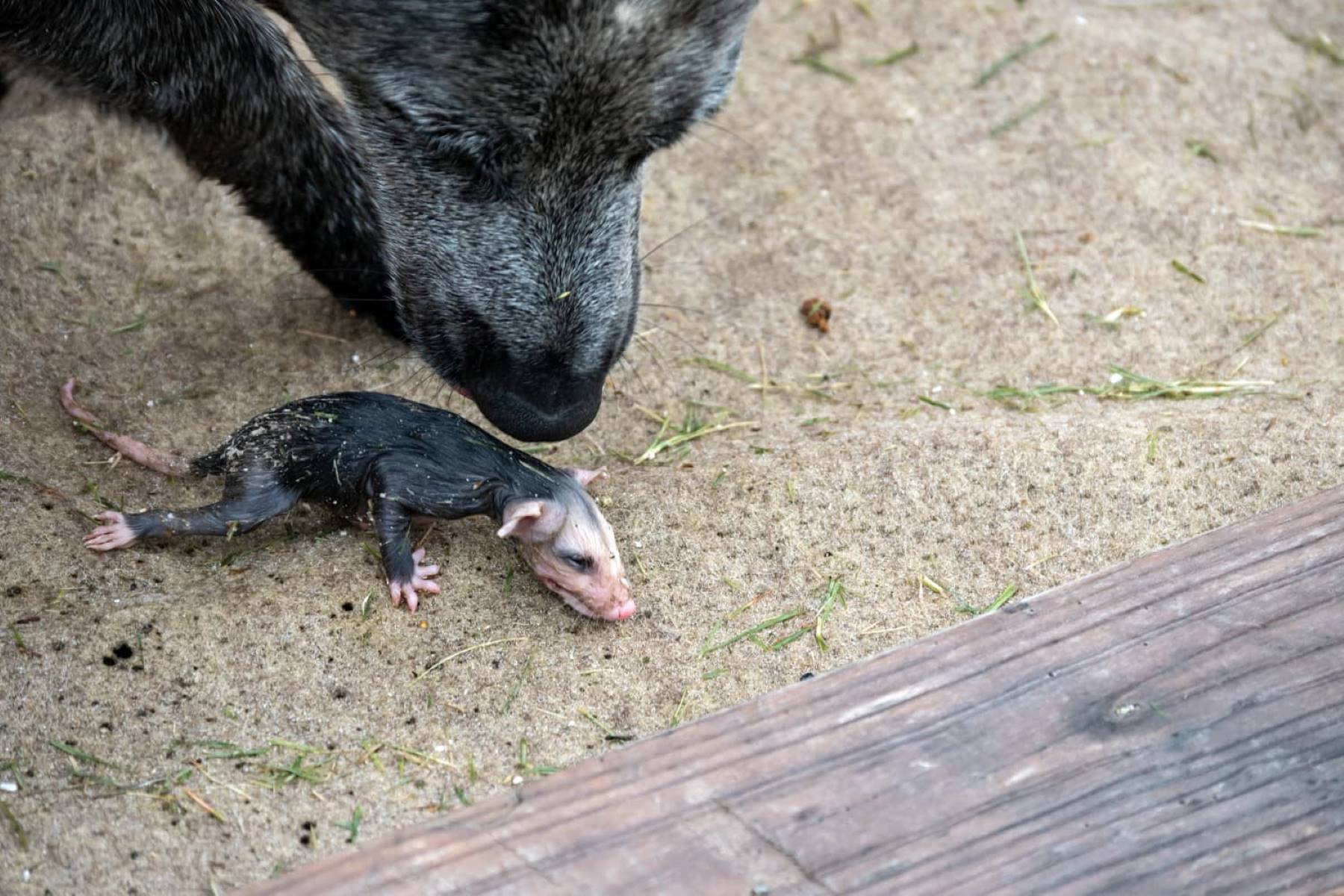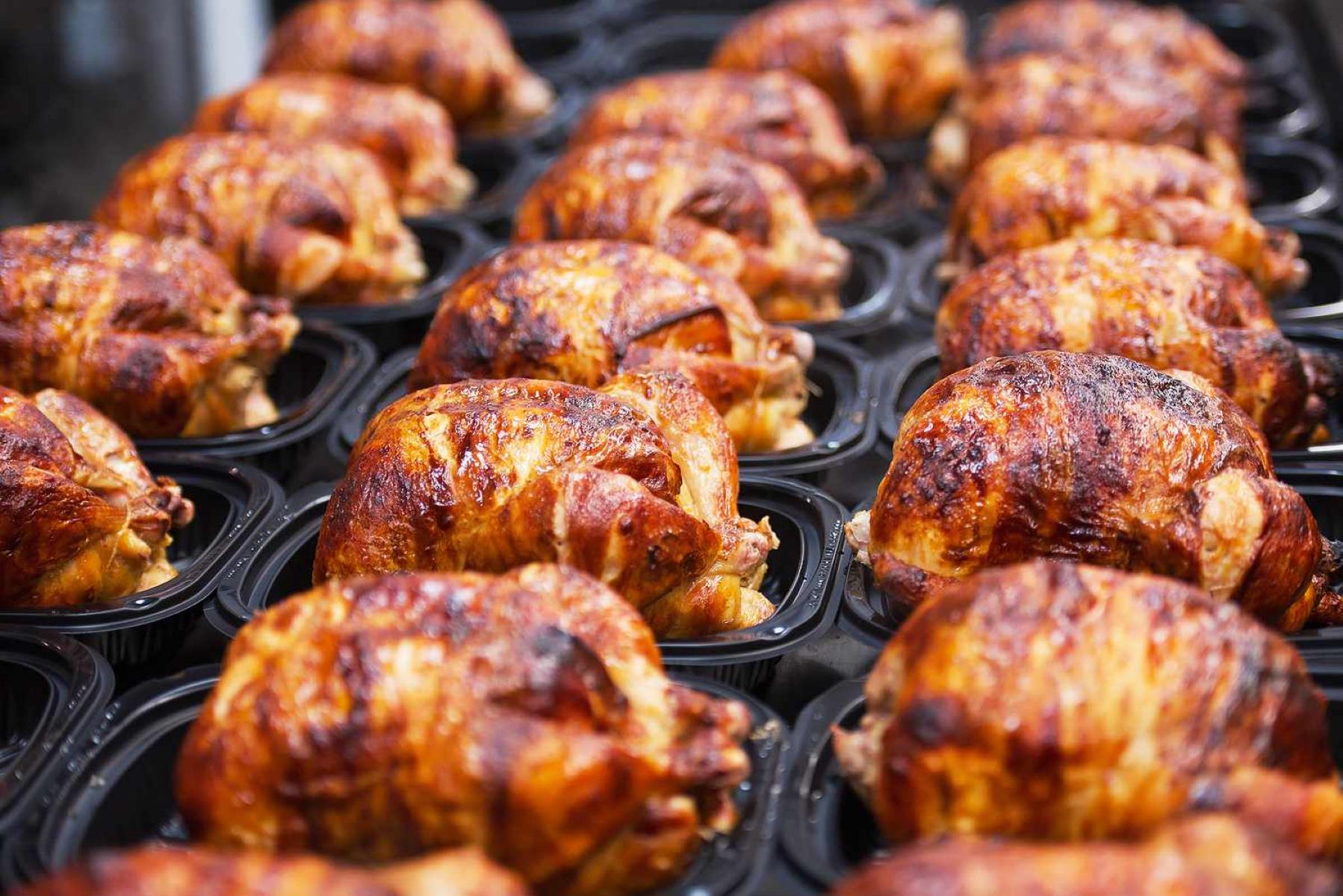Home>Health and Wellness>The Shocking Truth: The Hidden Dangers Of Dogs Eating Paper Towels!
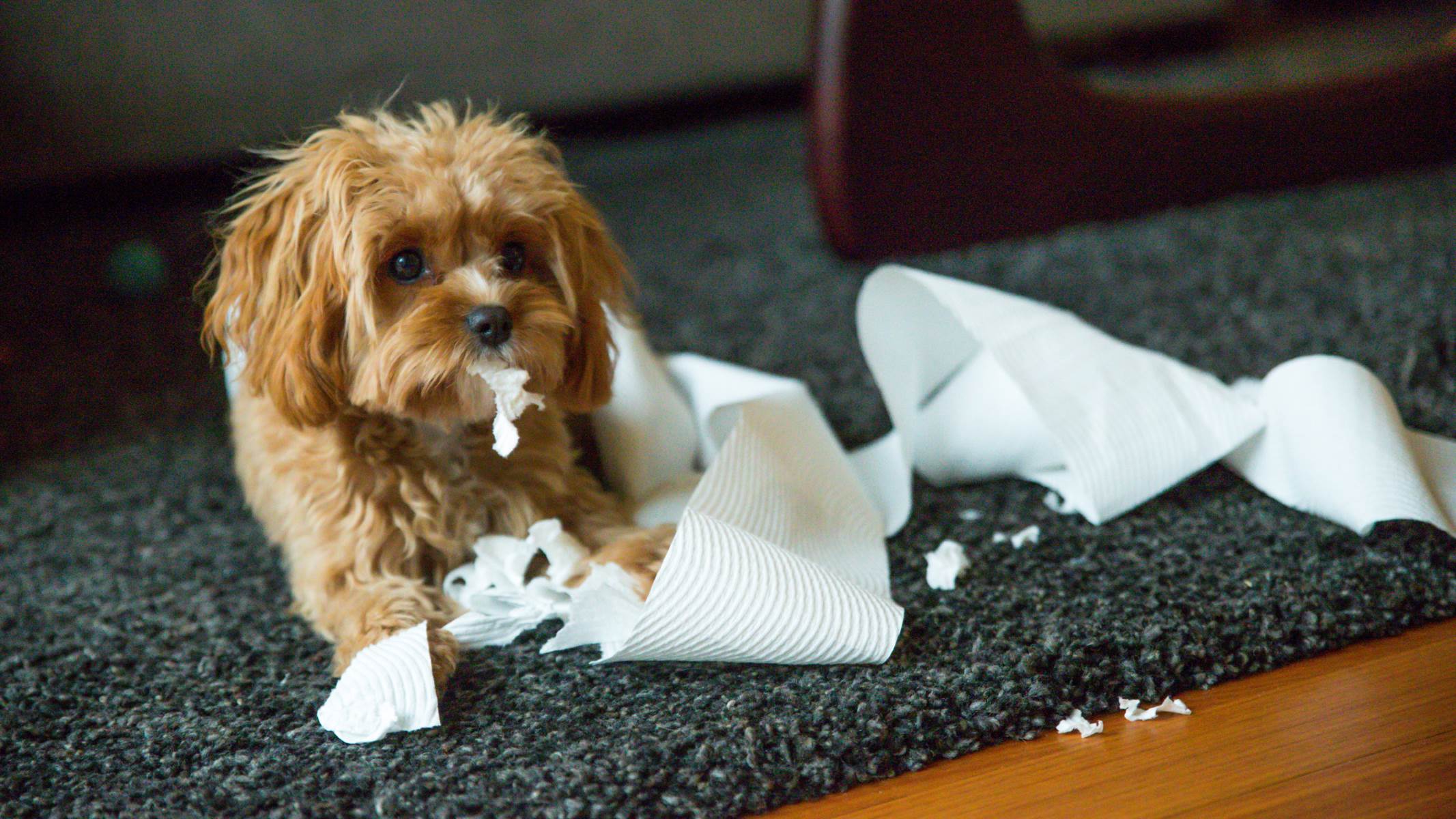

Health and Wellness
The Shocking Truth: The Hidden Dangers Of Dogs Eating Paper Towels!
Published: January 24, 2024
Discover the hidden dangers of dogs consuming paper towels and how it impacts their health and wellness. Uncover the shocking truth and protect your pet today!
(Many of the links in this article redirect to a specific reviewed product. Your purchase of these products through affiliate links helps to generate commission for Regretless.com, at no extra cost. Learn more)
Table of Contents
Introduction
When it comes to our furry companions, we often find ourselves marveling at their curious and sometimes mischievous behavior. From chasing their tails to investigating the world around them, dogs have a remarkable ability to surprise us. However, there are certain behaviors that can pose significant risks to their health, and one such behavior is the consumption of paper towels.
The innocent act of a dog snatching a paper towel may seem harmless at first glance, but the truth is far more alarming. The ingestion of paper towels can lead to a myriad of health complications for our beloved pets. As responsible pet owners, it's crucial to understand the hidden dangers associated with this seemingly innocuous act.
In this article, we will delve into the shocking truth behind the hidden dangers of dogs eating paper towels. From the risks involved to the symptoms of ingestion and the necessary treatment, we will explore the potential threats posed by this common household item. Additionally, we will discuss preventive measures that can help safeguard our furry friends from falling victim to this perilous habit.
Join us as we uncover the lesser-known hazards that paper towels can present to our canine companions. Together, we can equip ourselves with the knowledge needed to protect our pets and ensure their well-being.
The Risks of Dogs Eating Paper Towels
The seemingly harmless act of a dog consuming a paper towel can lead to a host of potential risks and health complications. Paper towels are designed to be absorbent and sturdy, making them a potential hazard when ingested by dogs. The fibers in paper towels can clump together in the digestive system, leading to blockages that obstruct the normal passage of food and waste. This can result in severe gastrointestinal issues, including discomfort, pain, and in some cases, life-threatening conditions.
Moreover, the chemicals and dyes present in paper towels can be harmful when ingested, causing irritation and inflammation in the digestive tract. This can lead to vomiting, diarrhea, and gastrointestinal distress in dogs. Ingesting paper towels can also pose a choking hazard, especially if the dog attempts to swallow a large piece without properly chewing it.
Furthermore, the potential for bacterial contamination on paper towels adds another layer of risk. If the paper towel has come into contact with cleaning chemicals, food residue, or other contaminants, the ingestion of these substances can lead to poisoning and gastrointestinal upset in dogs. Additionally, the presence of mold or mildew on used paper towels can introduce harmful toxins into the dog's system, further exacerbating the risks associated with ingestion.
In some cases, the ingestion of paper towels may necessitate surgical intervention to remove blockages or foreign objects from the dog's digestive tract. This can pose significant risks to the dog's health and may require extensive medical treatment and care.
Given these potential risks, it is crucial for pet owners to be vigilant and proactive in preventing their dogs from accessing and consuming paper towels. By understanding the dangers associated with this seemingly innocuous act, pet owners can take the necessary steps to safeguard their furry companions from the hidden perils of paper towel ingestion.
Symptoms of Paper Towel Ingestion in Dogs
Identifying the symptoms of paper towel ingestion in dogs is crucial for prompt intervention and treatment. When a dog ingests a paper towel, several telltale signs may manifest, indicating potential complications arising from this seemingly innocuous act.
-
Gastrointestinal Distress: One of the primary symptoms of paper towel ingestion in dogs is gastrointestinal distress. This may include vomiting, diarrhea, and abdominal discomfort. The dog may exhibit signs of restlessness or discomfort, often manifested through pacing, whining, or an inability to settle.
-
Loss of Appetite: Dogs that have ingested paper towels may experience a sudden loss of appetite. They may show disinterest in their regular meals or treats, indicating a potential disruption in their digestive system.
-
Lethargy: A dog that has consumed a paper towel may display signs of lethargy or weakness. This could be attributed to the discomfort and distress caused by the presence of the foreign object in their digestive tract.
-
Abdominal Pain: Dogs may exhibit signs of abdominal pain, which can be observed through their body language and behavior. They may hunch their back, exhibit sensitivity when their abdomen is touched, or display signs of discomfort when lying down.
-
Straining during Defecation: In cases where the paper towel has caused an obstruction in the dog's digestive system, they may experience difficulty and discomfort during defecation. This can be accompanied by straining, whimpering, or signs of distress while attempting to pass stool.
-
Vomiting of Foreign Material: If the paper towel has caused irritation or blockage, the dog may vomit, potentially expelling the ingested material. This can be a critical indication of gastrointestinal distress and should prompt immediate veterinary attention.
-
Change in Stool Appearance: The appearance of the dog's stool may change following the ingestion of a paper towel. This can include abnormal consistency, the presence of blood, or the absence of stool altogether, indicating a potential blockage or gastrointestinal issue.
It is important to note that the symptoms of paper towel ingestion in dogs can vary depending on the extent of the ingestion and the individual dog's reaction. Prompt veterinary evaluation is crucial if any of these symptoms are observed, as timely intervention can mitigate potential complications and ensure the well-being of the dog.
Understanding these symptoms empowers pet owners to recognize the warning signs and take swift action to address any potential issues arising from paper towel ingestion in their canine companions.
Treatment for Dogs Who Have Eaten Paper Towels
Upon discovering that a dog has ingested paper towels, swift and appropriate treatment is essential to safeguard the animal's health. The course of action may vary depending on the severity of the situation and the dog's individual circumstances. If there are suspicions or clear evidence of paper towel ingestion, immediate veterinary attention is paramount.
In cases where the ingestion is recent and the dog remains asymptomatic, the veterinarian may induce vomiting to expel the foreign material from the dog's digestive system. This can be achieved through the administration of medication or other safe methods to prompt the dog to regurgitate the ingested paper towels. By eliminating the foreign material early on, potential complications such as blockages or irritation can be mitigated.
However, if the dog is exhibiting symptoms of distress or if there are concerns about potential blockages, a more comprehensive approach may be necessary. Diagnostic imaging, such as X-rays or ultrasounds, may be employed to assess the extent of the paper towel ingestion and identify any obstructions or abnormalities in the dog's digestive tract. Based on the findings, the veterinarian will determine the most suitable course of action.
In cases where a paper towel has caused a blockage or obstruction, surgical intervention may be required to remove the foreign material and address any associated complications. This may involve an exploratory laparotomy to access the dog's abdominal cavity and carefully extract the paper towels. Post-surgical care and monitoring are crucial to ensure the dog's recovery and well-being.
Following treatment, the veterinarian may prescribe medications to alleviate any gastrointestinal distress, inflammation, or discomfort experienced by the dog. Close monitoring and supportive care at home are essential during the recovery period. Pet owners should adhere to any post-treatment instructions provided by the veterinarian and remain vigilant for any signs of recurrence or complications.
It is important to emphasize that the treatment for dogs who have eaten paper towels should be administered by qualified veterinary professionals. Pet owners should refrain from attempting home remedies or treatments without expert guidance, as this can pose additional risks to the dog's health.
By promptly seeking veterinary care and adhering to the prescribed treatment plan, pet owners can ensure the best possible outcome for their dogs following the ingestion of paper towels. This proactive approach is instrumental in safeguarding the health and well-being of our beloved canine companions.
Preventing Dogs from Eating Paper Towels
Preventing dogs from eating paper towels requires a proactive approach to safeguarding their well-being and minimizing the risks associated with this potentially hazardous behavior. As responsible pet owners, implementing preventive measures can significantly reduce the likelihood of dogs accessing and ingesting paper towels, thereby mitigating the potential for gastrointestinal complications and other health risks.
1. Secure Waste Bins and Paper Products
Ensuring that waste bins containing used paper towels are securely lidded can prevent dogs from rummaging through them and consuming discarded paper products. Placing bins in inaccessible areas or utilizing pet-proof containers can effectively deter dogs from gaining access to potentially harmful materials.
2. Supervise and Redirect
Supervising dogs in areas where paper towels are present, such as the kitchen or dining areas, allows for immediate intervention if the dog shows interest in the paper products. Redirecting their attention with engaging toys or interactive activities can steer them away from potential hazards and reinforce positive behaviors.
3. Proper Disposal of Paper Towels
Discarding used paper towels promptly and securely, such as within sealed waste bags or containers, minimizes the likelihood of dogs encountering and consuming them. Maintaining a clean and organized living environment reduces the accessibility of paper towels and promotes a safe living space for dogs.
4. Behavioral Training
Incorporating behavioral training to discourage dogs from scavenging or consuming non-food items, including paper towels, can be instrumental in preventing unwanted behaviors. Positive reinforcement techniques and consistent training efforts can instill desirable habits and reduce the propensity for dogs to seek out and ingest paper products.
5. Utilize Pet-Safe Alternatives
Exploring pet-safe alternatives for cleaning and household tasks, such as utilizing reusable cloths or pet-friendly cleaning products, reduces the reliance on disposable paper towels. By minimizing the presence of paper towels in the household, the potential for dogs to consume them diminishes significantly.
6. Veterinary Guidance and Dietary Considerations
Seeking guidance from a veterinarian regarding the dog's dietary and nutritional needs can contribute to reducing the likelihood of pica, a condition characterized by the consumption of non-food items. Ensuring that the dog's nutritional requirements are met can mitigate the inclination to seek out and ingest inappropriate items, including paper towels.
By implementing these preventive measures and fostering a safe and enriching environment for dogs, pet owners can effectively reduce the risks associated with paper towel ingestion. Proactive steps, coupled with attentive care and responsible pet ownership, are pivotal in safeguarding the well-being of our canine companions.


